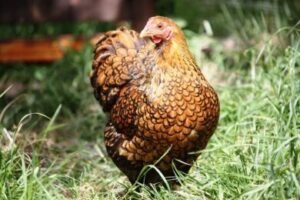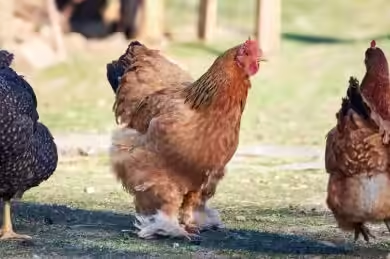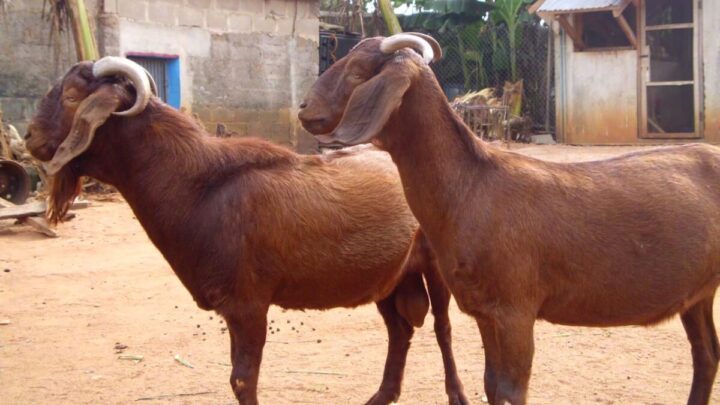Last updated on August 2, 2025
Knowing when your Wyandotte chickens will start laying eggs—and for how long—is key to managing a happy and productive flock. From the excitement of that first egg to managing their peak years and eventual retirement, this guide covers everything you need to know to maximize your flock’s potential.
Quick Takeaways
- Start Laying: Wyandotte pullets typically begin laying between 18-24 weeks of age.
- Peak Production: This phase lasts from 6-18 months, yielding 180-200 eggs annually.
- Natural Decline: Egg-laying naturally slows after 2-3 years, but hens can live for 6-8+ years.
- Key Influencers: Productivity is shaped by age, light, nutrition, environment, and genetics.
- Maximizing Output: You can extend egg-laying by providing consistent light, optimal feed, and a stress-free environment.
The Wyandotte Layer: Why They Stand Out
Wyandottes are a classic example of a dual-purpose breed, valued for both their consistent egg laying and their sturdy frame for meat. This versatility is a major draw for homesteaders. Their calm temperament, striking beauty, and exceptional cold-hardiness make them a reliable and popular choice. Their dense feathering and plump body shape help them endure cold temperatures better than many other breeds, allowing for more consistent laying through the winter months. While they come in many stunning color varieties, all are known for their reliable production.
The First Egg: When Do Wyandottes Start Laying?
The Typical Laying Age (18-24 Weeks)
Most Wyandotte pullets begin their laying journey between 18 to 24 weeks of age. While this is a general guideline for a heritage breed, this timeframe can vary slightly. Factors like consistent, high-quality nutrition, a stress-free environment, and even the specific genetic strain can all influence their readiness to lay.
Spotting the Signs Your Wyandotte is About to Lay
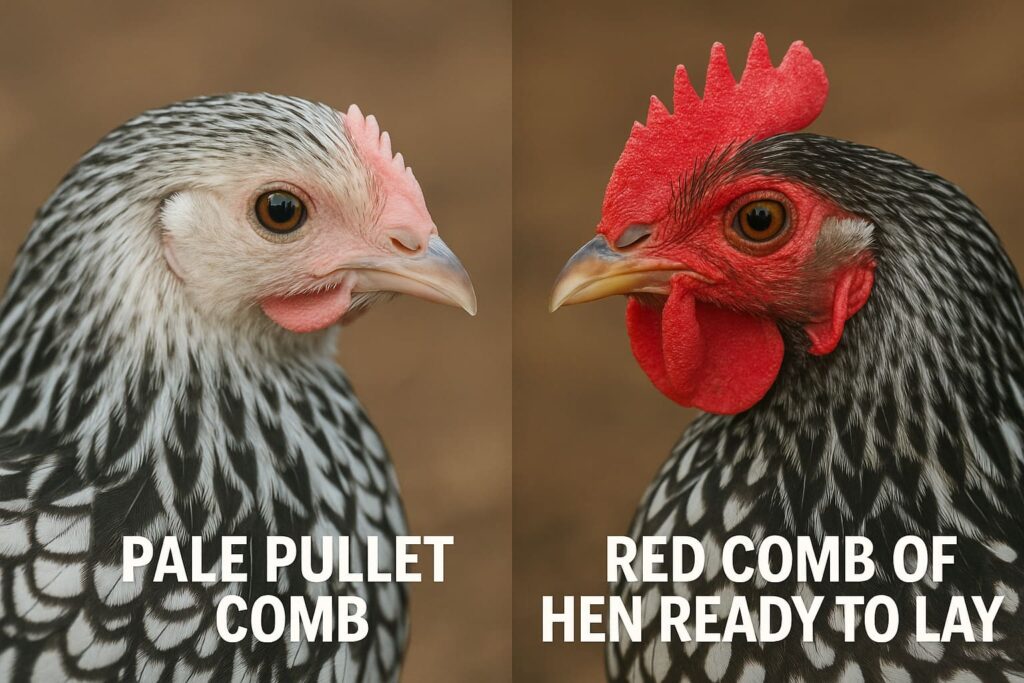
Observing your flock for these key signs will help you predict when to expect the first egg:
- The “Pullet Squat”: A pullet about to lay will often squat down when you approach.
- Comb and Wattle Development: Her comb and wattles will change from pale pink to a vibrant, deep red and become larger.
- Exploring Nesting Boxes: She will start spending more time in and around the nesting boxes.
- Changes in Vocalizations: You may hear a distinct, celebratory “egg song” after an egg is laid.
- Pelvic Bone Spacing: The pelvic bones just below the vent will widen. You should be able to fit two or three fingers between them.
What to Expect from the First Few Eggs
The first eggs, often called “pullet eggs,” are typically smaller than what you can expect from a mature hen. They may also have soft shells, be oddly shaped, or even be shell-less. This is all normal as a young hen’s reproductive system gets into a rhythm.
Peak Production: How Many Eggs Do Wyandottes Lay?
Annual and Weekly Egg Numbers
On average, a well-cared-for Wyandotte hen can lay anywhere from 180 to 200+ eggs per year. This breaks down to roughly 3 to 4 eggs per hen per week during their most productive periods.
The Peak Laying Years (First 2-3 Years)
A Wyandotte’s first year of laying is their most prolific. According to the University of Florida’s Institute of Food and Agricultural Sciences (IFAS) Extension, “egg production rises sharply and reaches a peak of about 90%… Production then gradually declines to about 65% after 12 months of lay.” This natural decline is an expected part of their life cycle.
6 Key Factors That Influence Egg Production
1. Light and Season (Winter Laying)
Egg production is directly tied to the length of daylight. A hen requires approximately 14-16 hours of light daily to maintain a consistent laying cycle. Wyandottes are known for being better winter layers than many other breeds due to their cold-hardiness. However, the reduced daylight hours of winter can still cause a significant slowdown. To maintain production, a simple timer on a low-wattage LED bulb in the coop can provide the necessary supplemental light.
2. Nutrition and Diet
You simply cannot overstate the importance of proper nutrition. Your hens require a complete chicken feed specifically formulated for egg production, which is rich in protein (16-18%) and, crucially, calcium.
- Protein: A layer feed with 16-18% protein is essential for the formation of the egg itself. Insufficient protein will directly impact both the quantity and size of eggs.
- Calcium: The primary building block for strong eggshells. A deficiency can lead to soft-shelled or shell-less eggs, or a complete stop in production. Providing free-choice oyster shell is an effective way to ensure hens can self-regulate their calcium intake. As the University of Minnesota Extension notes, “Calcium is a necessary element in the diet since it participates mainly in the formation of the eggshell.”
3. Age and Molting
- Age: As a hen ages, her reproductive system naturally slows down. The decline in egg production after the first two years is a normal part of their life.
- Molting: This is a highly energy-intensive process of shedding old feathers and growing new ones, typically occurring once a year in the fall. During a molt, egg laying usually ceases for 8 to 16 weeks. Providing a high-protein feed during this period is essential to support new feather growth.
4. Stress and Environment
A hen’s environment should be as stress-free as possible. Key elements include:
- Adequate Space: A minimum of 4 square feet per bird inside and 10 square feet outside is crucial to prevent overcrowding. Overcrowding leads to competition and stress. Make sure you have an adequate number of feeders and drinkers for your flock size to ensure every bird has easy access.
- Housing: A clean, dry, well-ventilated coop provides shelter and reduces the chance of disease.
- Predator Protection: A secure coop protects the flock from stress caused by nocturnal threats.
- Water: A hen needs about twice as much water as she does feed, which is why ensuring access to clean water is even more critical than feed for maintaining health and egg production.
5. Broodiness
Wyandottes are known for being a broody breed, meaning they will sometimes decide to sit on a clutch of eggs to hatch them. A broody hen’s body temperature rises, and her hormonal cycle shifts, which causes her to completely stop laying. This will be covered in more detail in the troubleshooting section.
6. Genetics and Strain
While all Wyandottes are good layers, their specific genetic strain can influence their laying performance. Some lines are bred for exhibition, with a focus on appearance, while others are selectively bred for utility and higher egg production. When acquiring new birds, consulting with a breeder who focuses on production can significantly impact your flock’s annual yield.
Troubleshooting Common Laying Issues
Problem: Sudden Drop in Egg Laying
A sudden drop in egg laying can often be traced back to an underlying health issue or stress. The first step is always to ensure you are following best practices for raising happy, healthy chickens.
- Possible Causes: This is often a symptom of an underlying issue, such as molting, lack of light (especially in winter), environmental stress, illness, or poor nutrition.
- Solutions: Observe your hens for signs of a molt. Implement supplemental lighting if needed. Inspect the coop for stressors like predators or overcrowding. Verify your flock is on a balanced layer feed.
Problem: Soft-Shelled or Shell-less Eggs
- Possible Causes: This is almost always a clear sign of calcium deficiency. Stress or certain illnesses can also be a contributing factor.
- Solutions: Immediately provide free-choice oyster shells to ensure they can self-regulate their calcium intake. Double-check that your layer feed has the appropriate calcium content (3.5-5%).
Problem: Hens Eating Their Eggs
- Possible Causes: Calcium deficiency, boredom, or the discovery of broken eggs as a food source.
- Solutions: Ensure adequate calcium intake. Offer enrichment like hanging vegetables or providing a dust bath. Make sure there is enough space and nesting boxes (one per 4-5 hens) and collect eggs frequently throughout the day.
How to Break a Broody Wyandotte
A broody hen is a hen that has decided to sit on a nest of eggs to hatch them. She will stop laying and dedicate all her energy to sitting. This is a desirable trait if you want to hatch chicks, but if not, you’ll want to break her of this behavior.
- Signs of Broodiness: A broody hen will sit in the nest for long periods, fluff up her feathers, growl or cluck aggressively when approached, and may pluck out her breast feathers to line the nest.
- Breaking the Broodiness: The goal is to cool down her body temperature and discourage the behavior.
- The Broody Breaker: A wire-bottom cage (like a dog crate) placed in the coop, but not in a nesting spot, is highly effective. The air circulation cools her down, and the wire bottom is uncomfortable for sitting.
- Manual Removal: Gently but persistently remove the hen from the nest several times a day.
- Cold Water: A quick dunk in cold water can shock her system and cool her down, but this is a last resort.
The Later Years: When Do Wyandottes Stop Laying?
While Wyandottes may continue to lay occasional eggs, a significant decline in production usually occurs after their second or third year. By their fourth or fifth year, laying becomes quite sporadic. It’s important to understand that a Wyandotte hen’s lifespan of 6-8 years or more extends well beyond her peak laying career.
Even after their prime laying years, these older hens still offer significant value. They make wonderful, calm companions, provide stability within the flock’s social hierarchy, and can be excellent teachers for younger birds. Some older hens become incredibly reliable broody mothers, patiently hatching clutches of new chicks, making them a valuable asset for anyone looking at the long-term cycle of how to start and maintain a chicken farm.
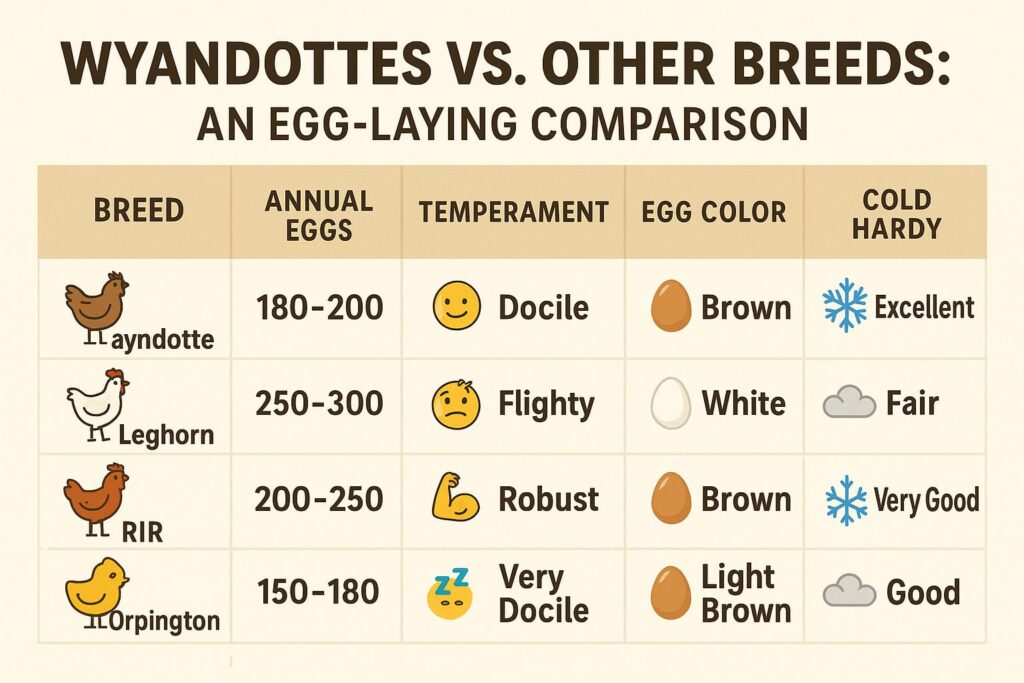
Wyandottes vs. Other Breeds: An Egg-Laying Comparison
Understanding how Wyandottes compare to other popular breeds helps clarify their unique value as a backyard chicken. Leghorns are the undisputed egg-laying champions, known for high volume of white eggs, but they can be flightier and less cold-hardy. Another fantastic dual-purpose breed, the Rhode Island Red, lays a comparable number of eggs and is also very cold-hardy. And for those who prioritize docility, the Orpington is a popular choice, though it lays fewer eggs. While Wyandottes are excellent in the cold, other breeds like the Light Brahma are also famously cold-hardy.
| Breed | Annual Eggs | Egg Color | Temperament | Cold Hardy |
|---|---|---|---|---|
| Wyandotte | 180-200 | Brown | Docile | Excellent |
| Leghorn | 250-300 | White | Flighty | Fair |
| Rhode Island Red | 200-250 | Brown | Robust | Very Good |
| Orpington | 150-180 | Light Brown | Very Docile | Good |
Wyandottes are a highly popular and reliable choice for backyard flocks. Their consistent brown egg production, docile temperament, and excellent cold-hardiness make them an outstanding option for a variety of climates and keeping styles.
Comprehensive FAQ (Focused on Egg Laying)
Are Wyandottes good egg layers?
Yes, they are considered very good and reliable layers of large brown eggs.
How many eggs do Wyandotte chickens lay per year?
A healthy hen typically lays 180-200 eggs annually.
Do Wyandotte chickens lay eggs in winter?
Yes, their cold-hardiness helps them lay better than many breeds in winter, though production may slow without supplemental light.
When do Wyandotte hens stop laying eggs?
A significant decline usually starts after their second or third year.
What do Wyandotte first eggs look like?
They are often smaller and may have irregular shapes or thin shells.
Do Wyandottes lay in their second year?
Yes, but production will typically be about 10-20% less than their first year.
What causes Wyandottes to stop laying eggs?
Age, molting, stress, poor nutrition, lack of light, and illness.
How can I make my Wyandotte lay more eggs?
Provide consistent light, optimal nutrition, a stress-free environment, and fresh water.
Conclusion
Ultimately, Wyandottes are more than just egg layers; they are reliable, calm, and beautiful members of any flock. By understanding their entire laying lifecycle and providing thoughtful care, you will be rewarded with a steady supply of eggs and a richer experience as a chicken keeper.
